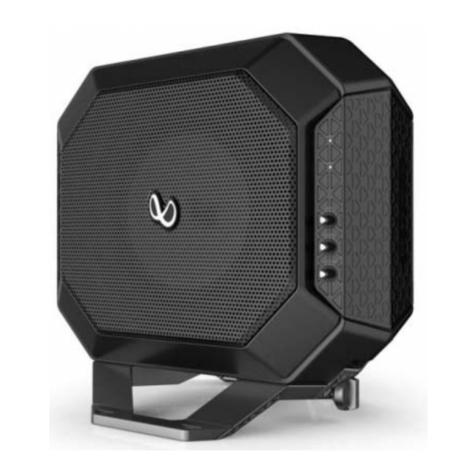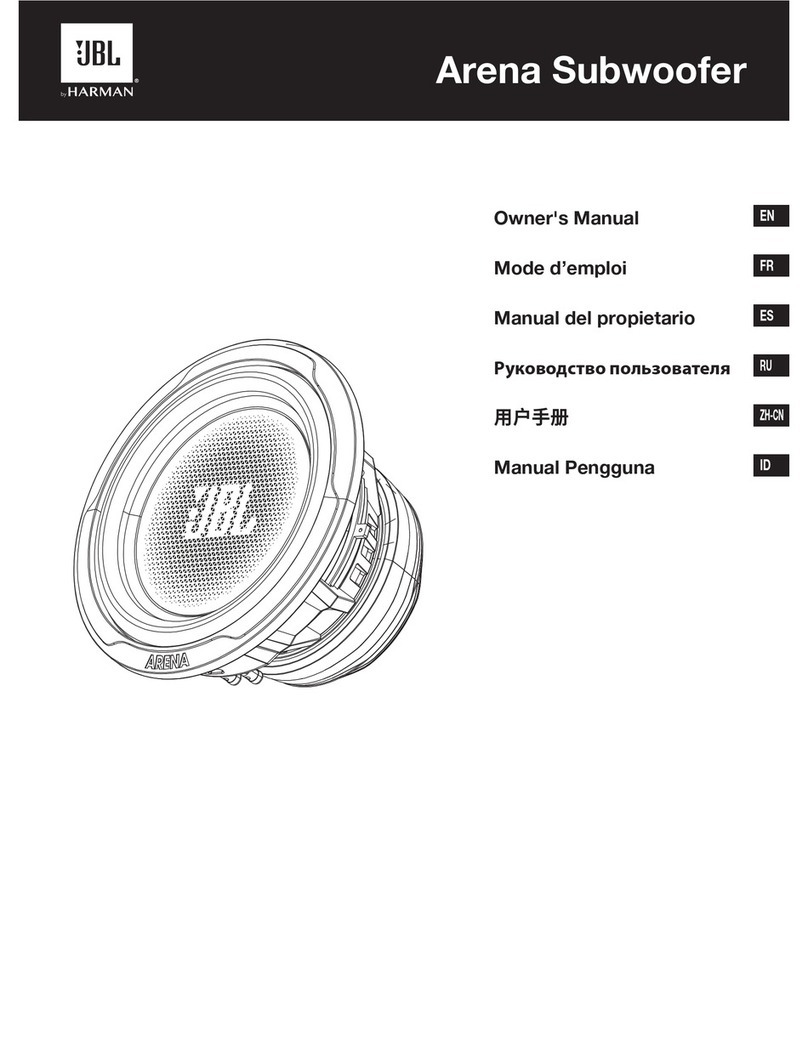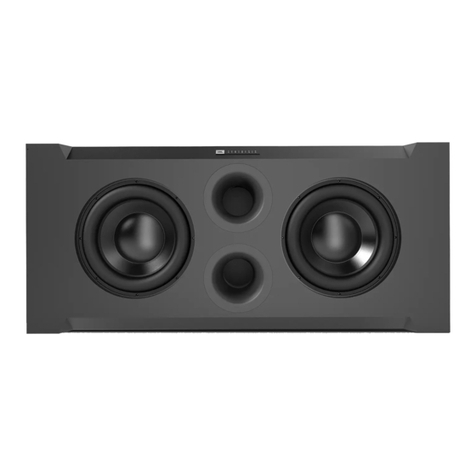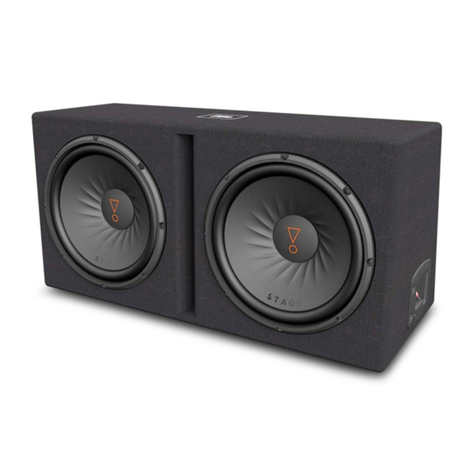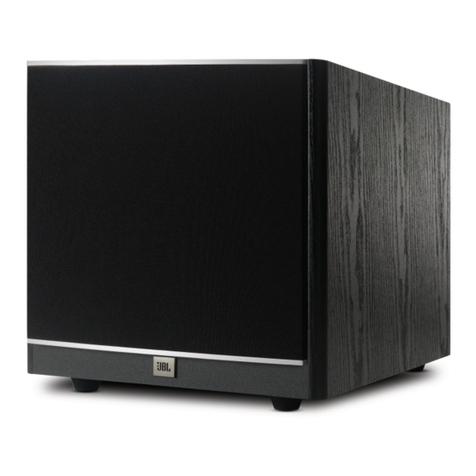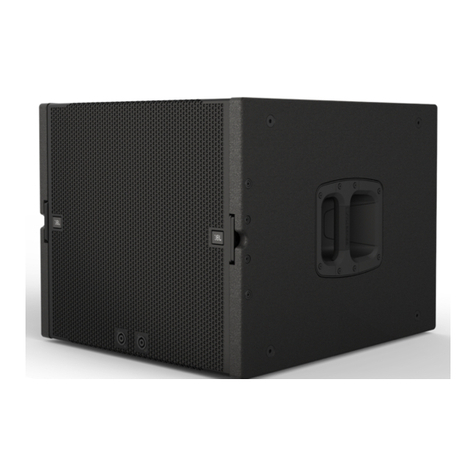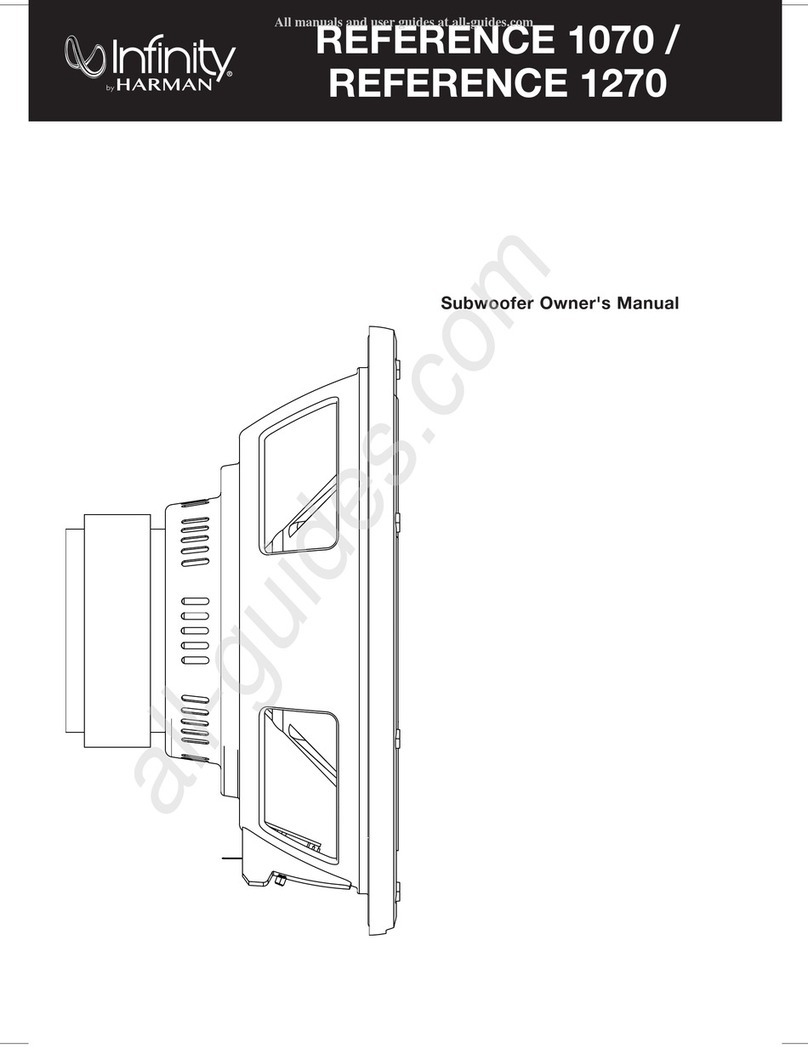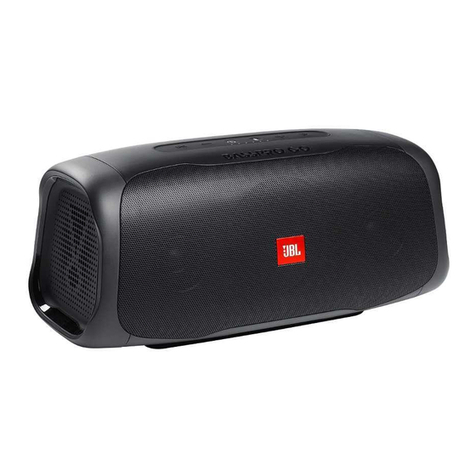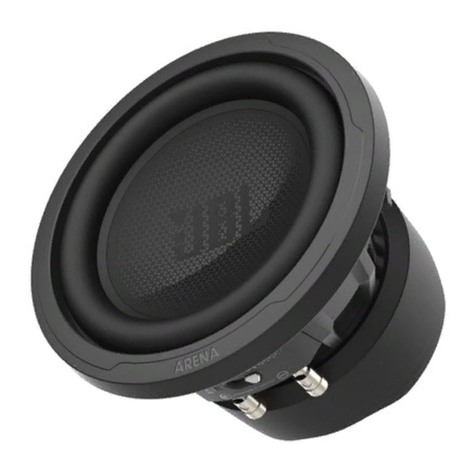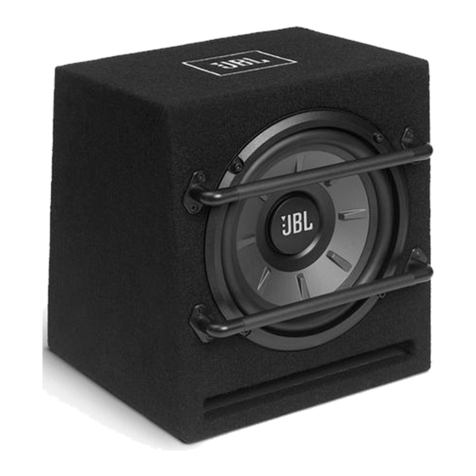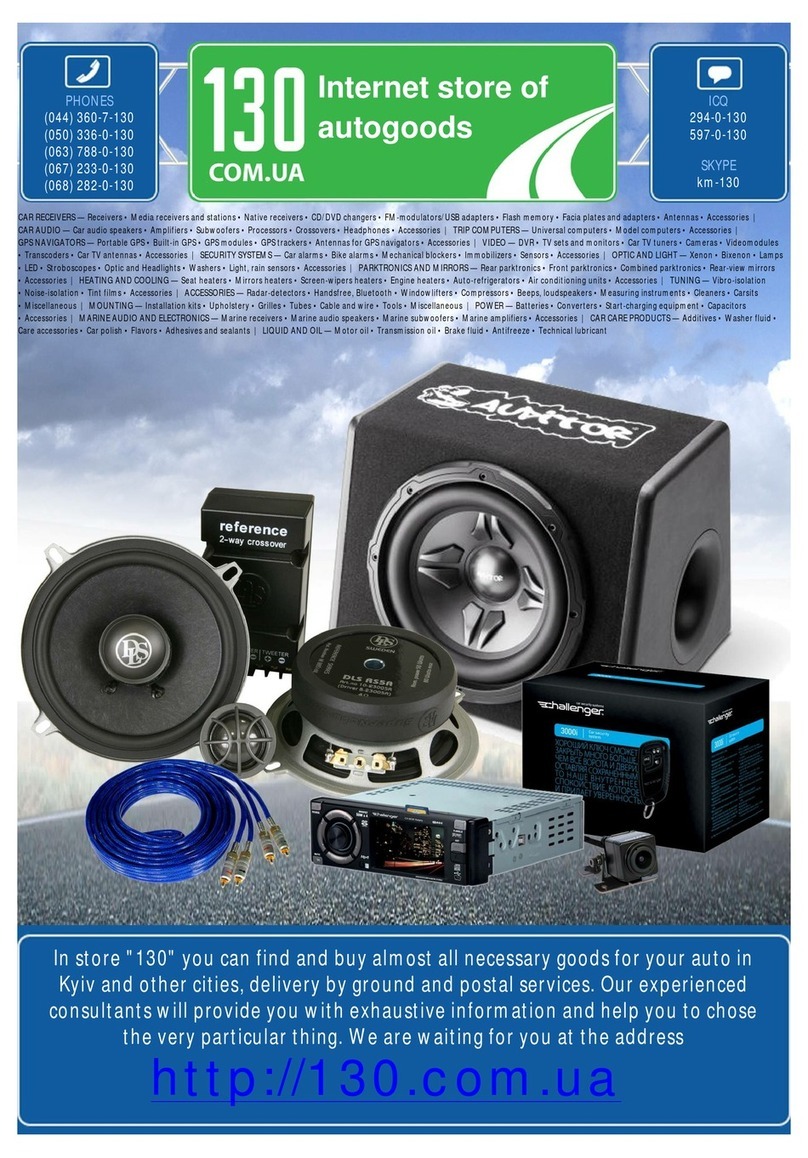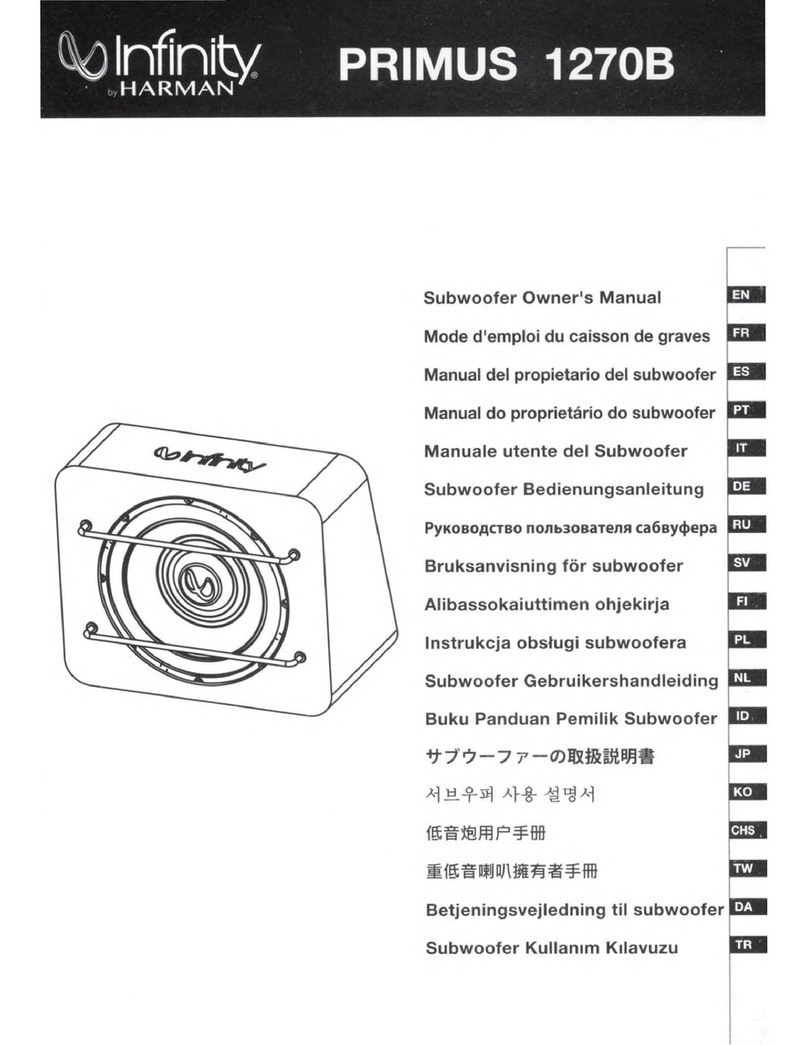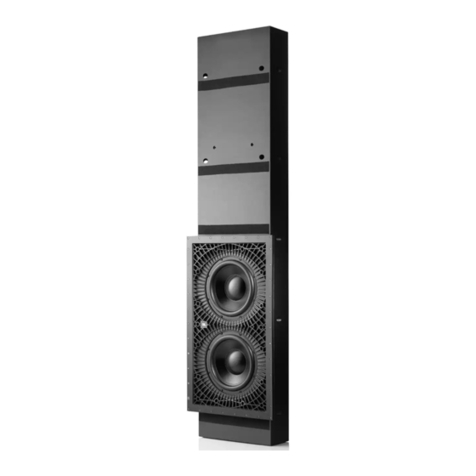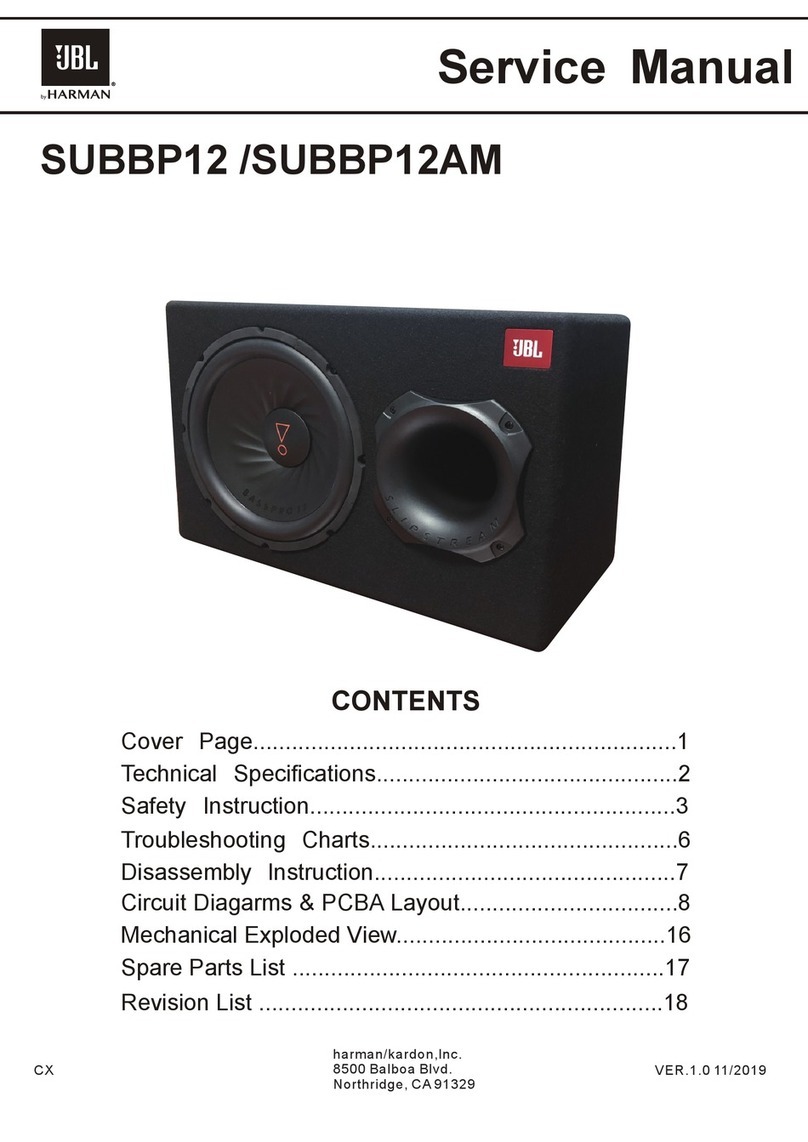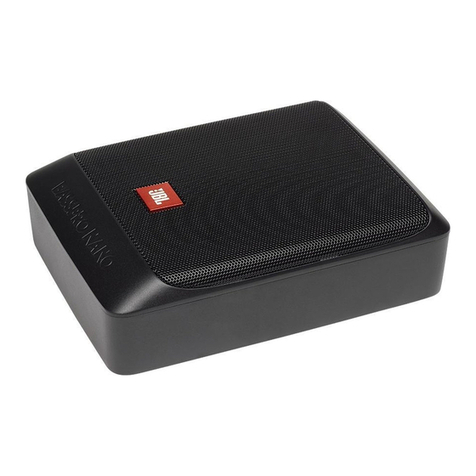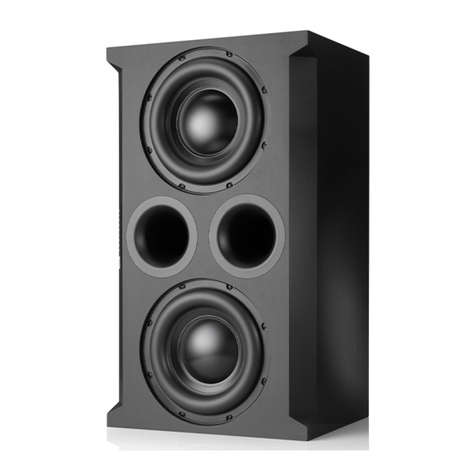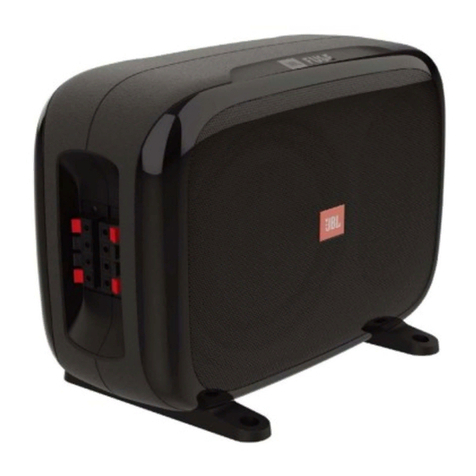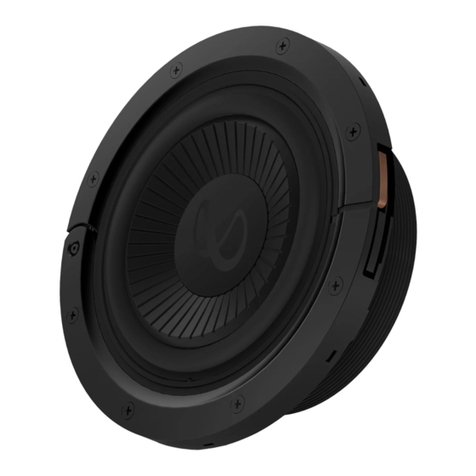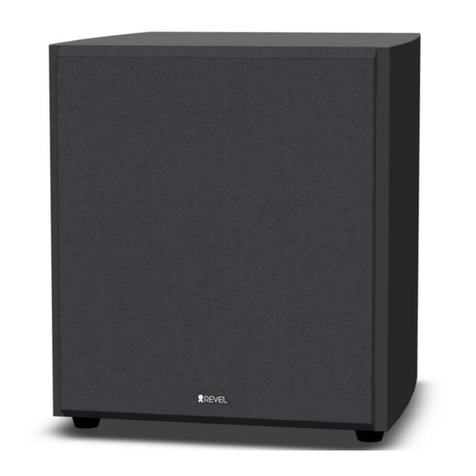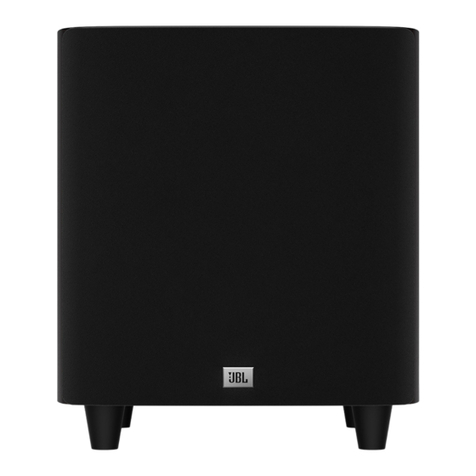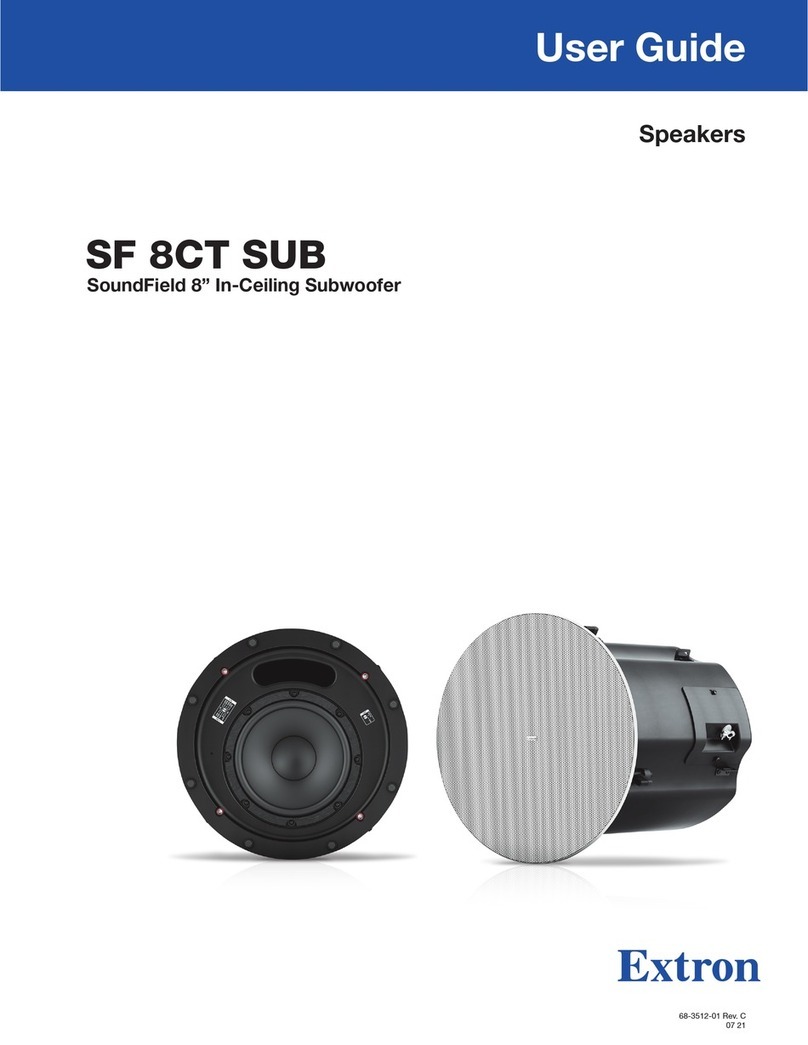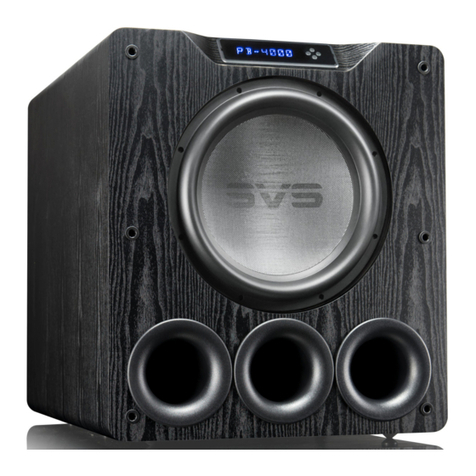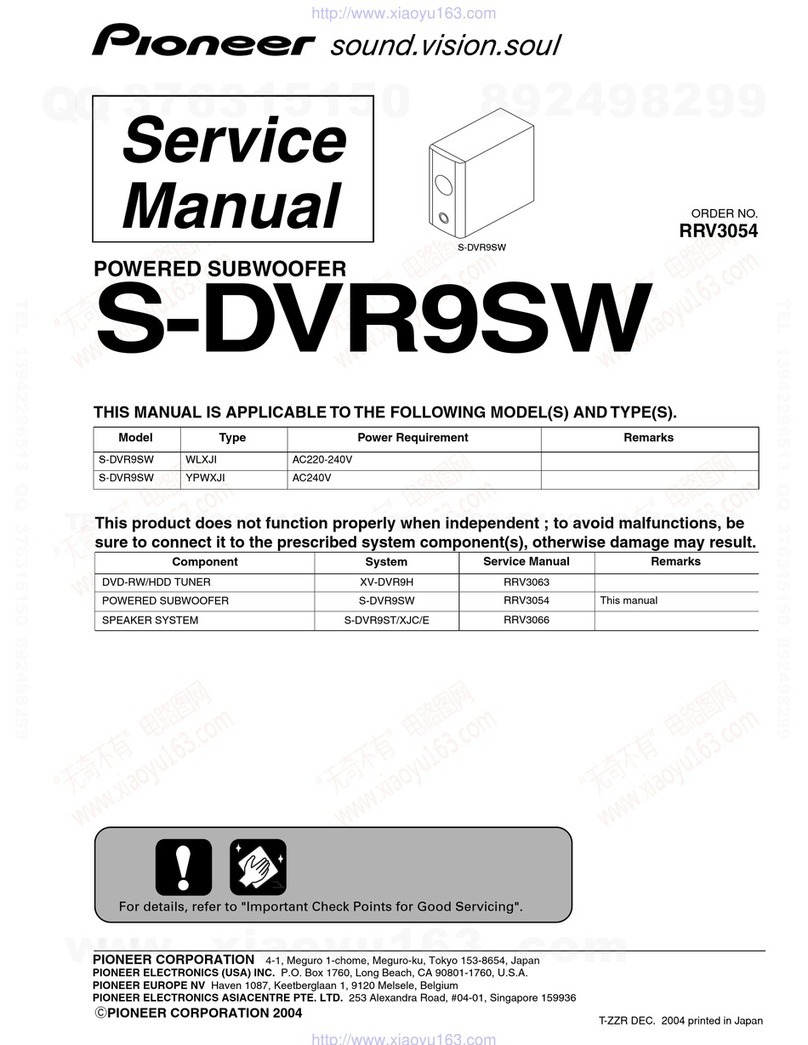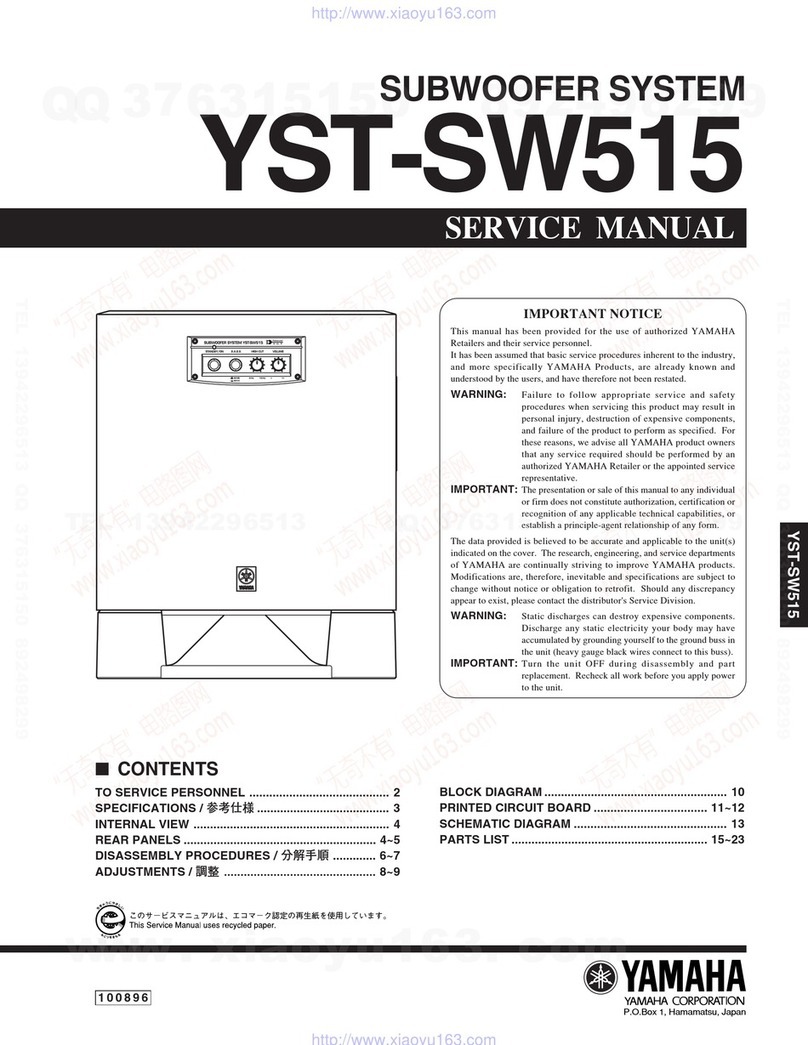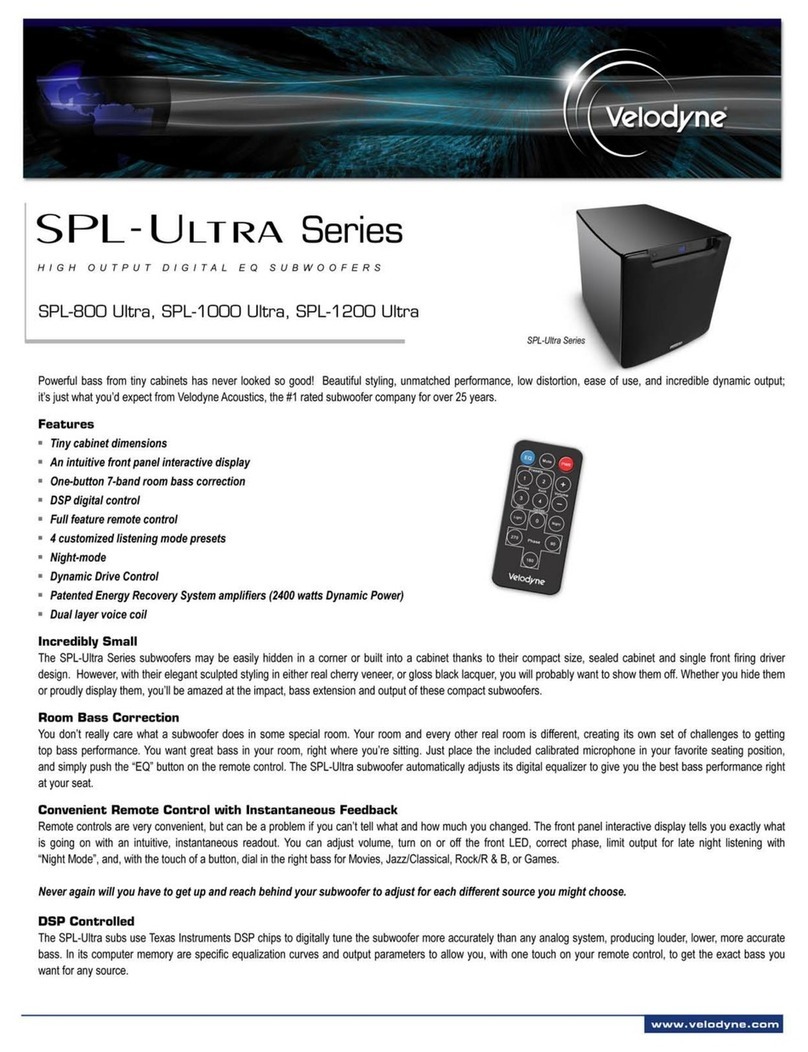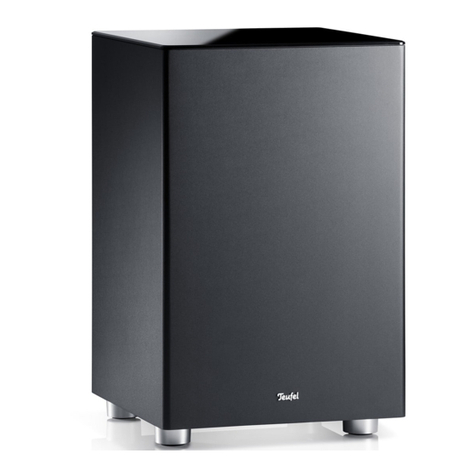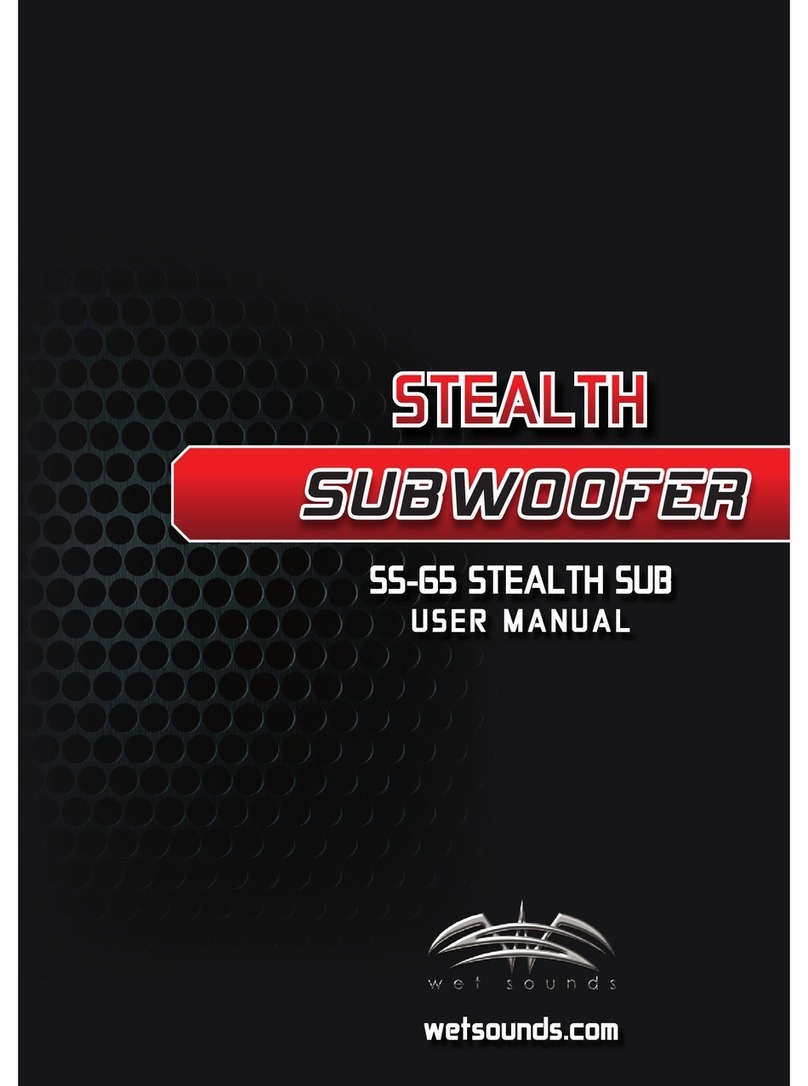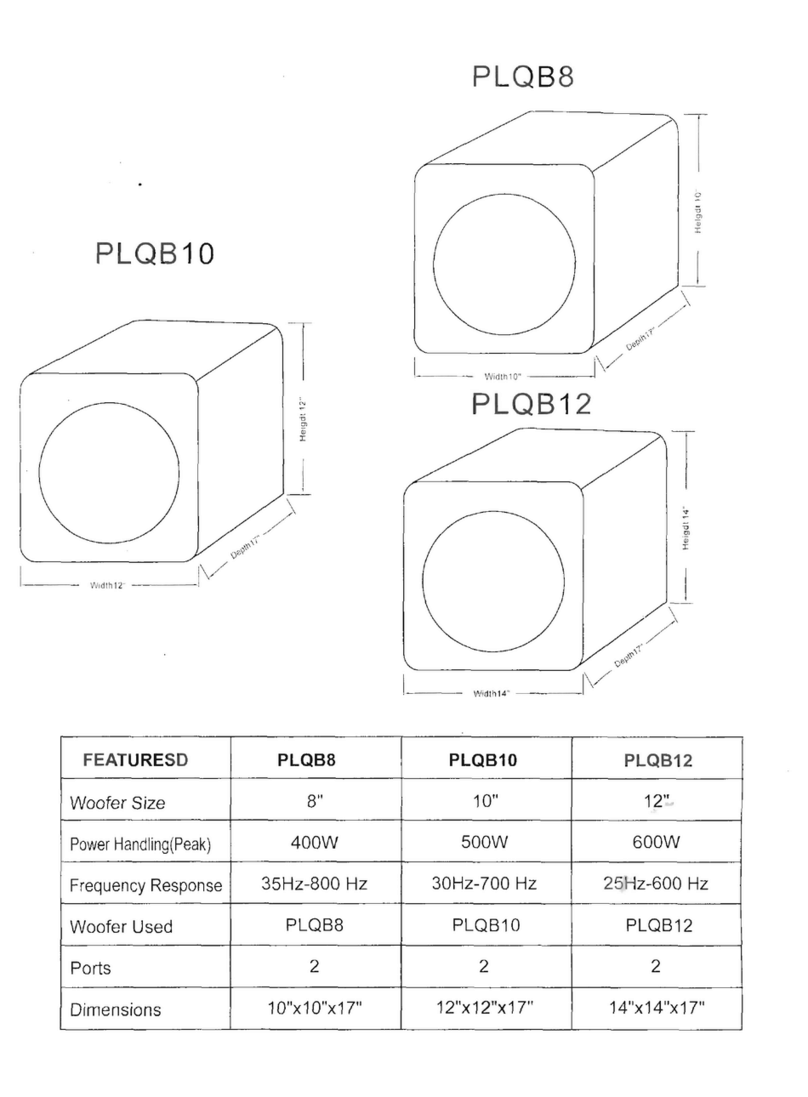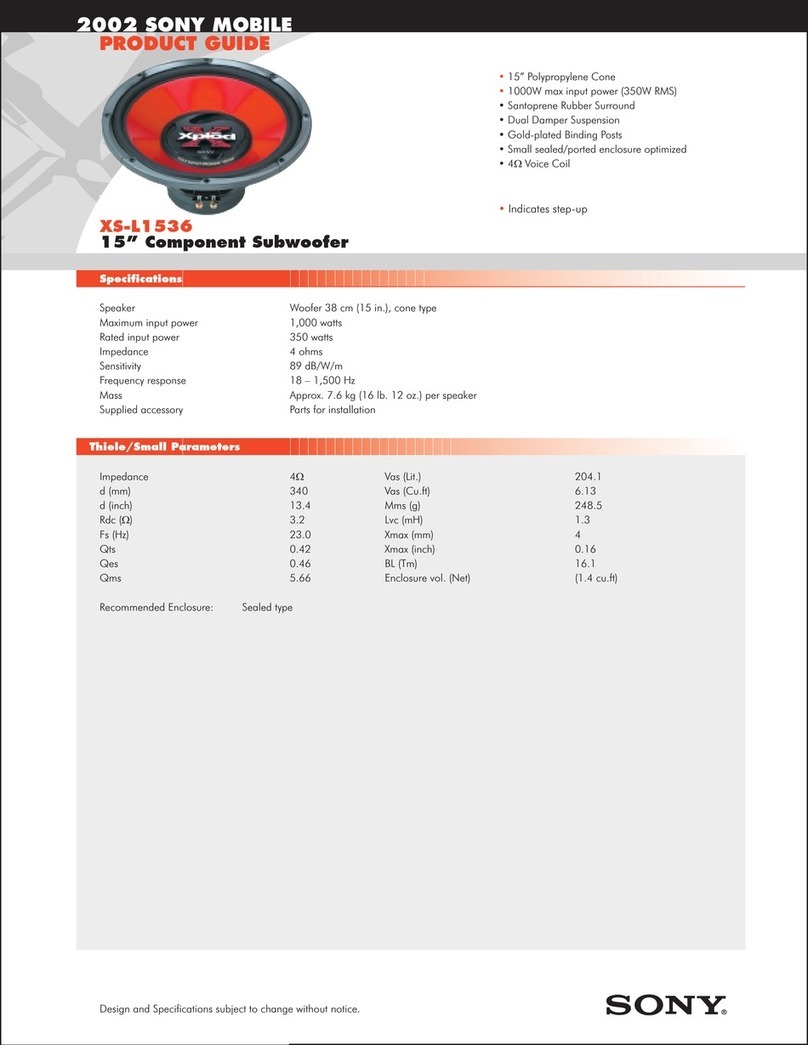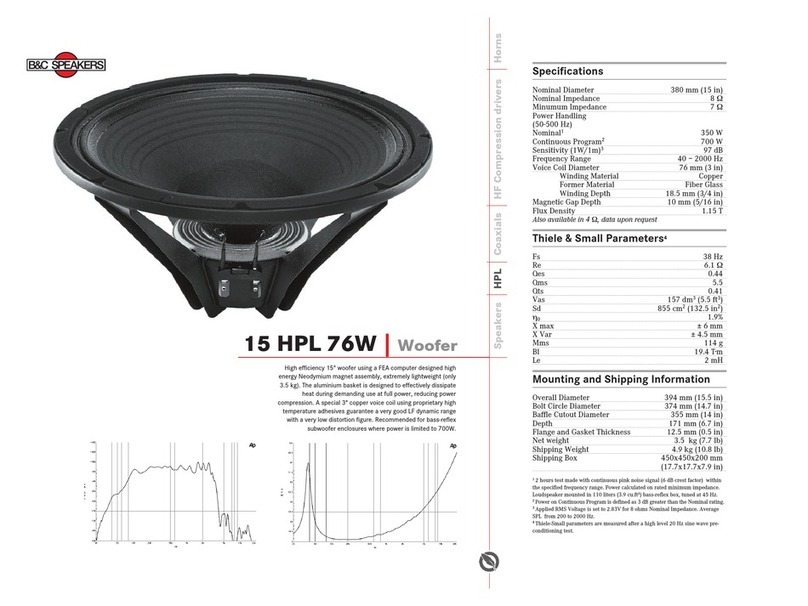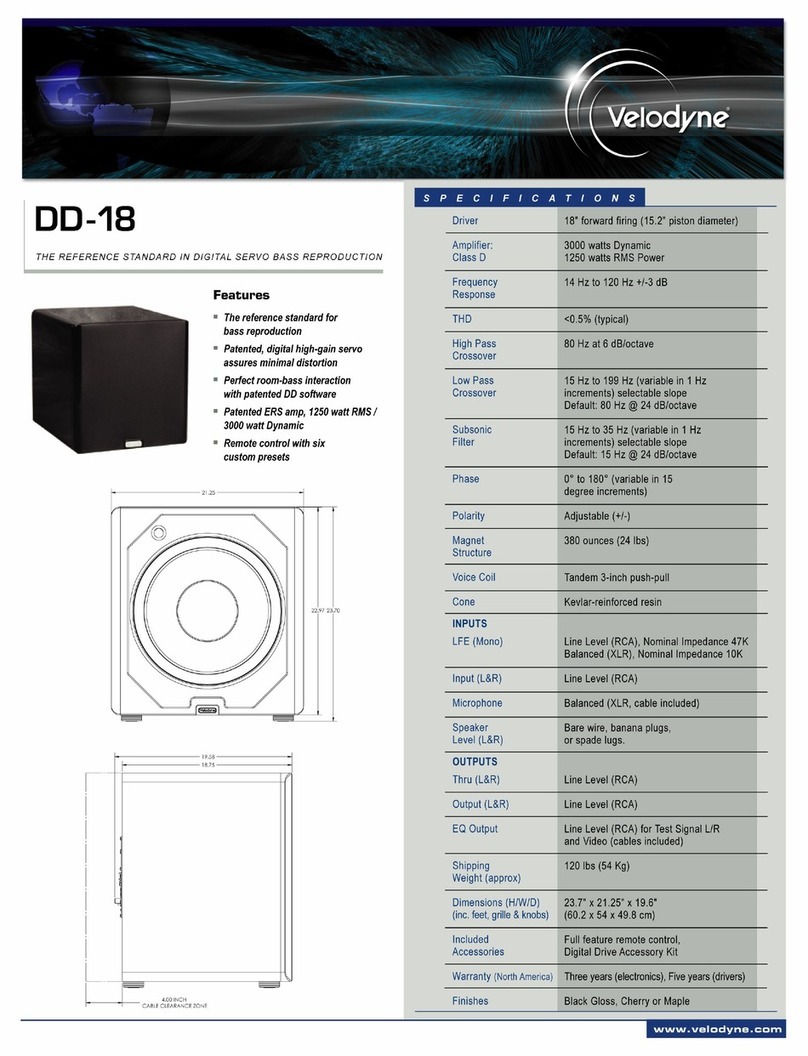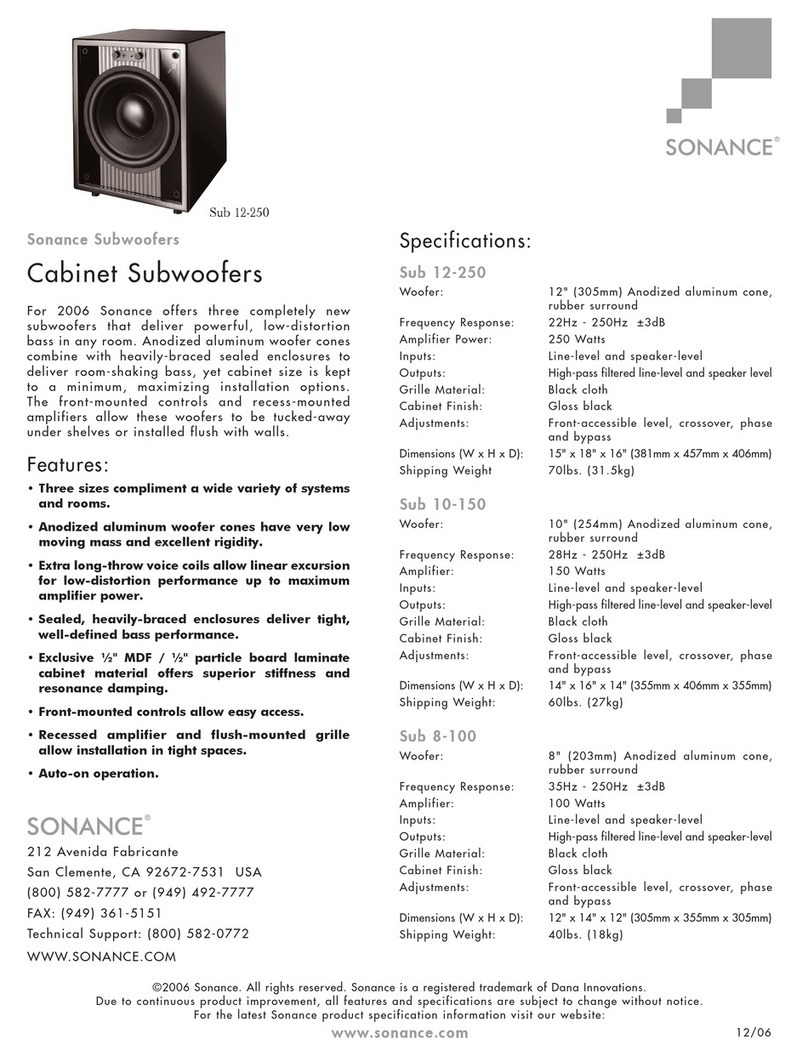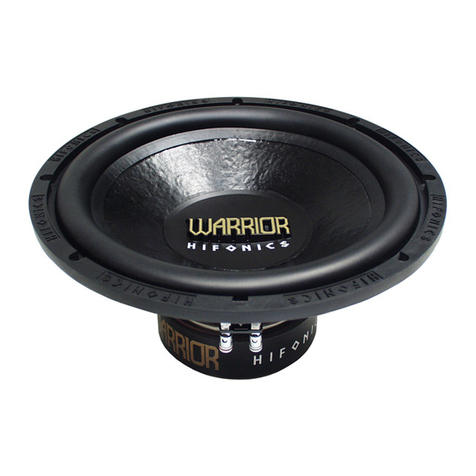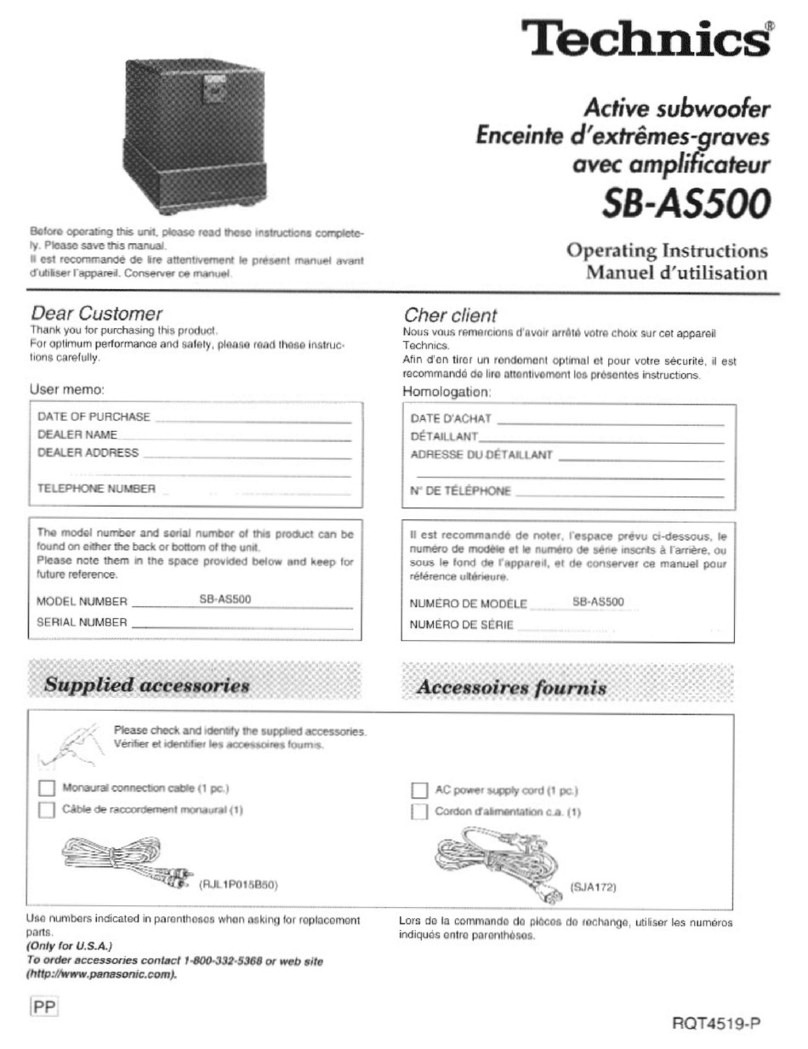
STADIUM
SUBWOOFERS
®
THANKYOUfor
choosing
a JBL
Stadiumsubwoofer.
These
subwoofers
are
designed
tosuitabroadrangeofcar
audioapplications
andcan
be
used
in
a
widevarietyof
enclosure
typestoproduce
extended,
powerful
bass
ina
limited
amountofvehicle
space.
Togetthemost
performance
from
yournewsubwoofer,it
is
stronglyrecommended
that
you
havea
qualifiedprofessionalinstallyour
subwoofer.Althoughthismanualdoes
providegeneralinstructionsabout
installingthese
Series
subwoofers,
it
does
notinclude
enclosure
constructiondetails
orexactinstallationmethodsforany
particular
vehicle.
If
youdo
not
feel
that
you
have
the
necessary
experience,
do
not
attempt
theinstallationyourself,but
instead
ask
yourauthorized
JBL
dealer
aboutprofessionalinstallationoptions,
Remembertokeepyour
sales
receipt
in
a
safe
place,along
with
thismanual,
so
that
both
areavailablefor
future
reference,
WARNING
Playingloud
music
in
avehicle
can
hinder
your
ability
tohear
traffic
and
permanentlydamageyourhearing.The
maximumvolumelevelsachievable
byJBL
speakers
whencombined
with
high-power
amplificationmay
exceed
safe
levels
for
extendedlistening.
Using
lowvolume
levels
is
recommendedwhendriving.
JBL,
Inc.
accepts
no
liability
forhearing
loss,
bodilyinjury,or
property
damage
as
a
resultof
use
or
misuse
ofthisproduct,
REPRODUCING
BASS
IN
VEHICLES
Depending
on
the
size
ofyour
vehicle's
interiorlistening
space,
reproduced
bass
frequenciesbelow
80Hz
will
beboosted
bynearly12dBperoctave
as
frequency
decreases.
This
phenomenon,knownas
the
vehicle's
transferfunction(orcabin
gain),
plays
an
important
role
in
shaping
thesubwoofer'sfrequency
response
in
your
vehicle.
SUBWOOFER
ENCLOSURETYPES
Thesubwoofersare
designed
to
perform
best
in
moderately
sized
sealed
enclosures,
vented
enclosures
and
prefabricated
band-pass
enclosures,
Infinite-baffle
mounting
is
possible,
but
thesubwoofer's
mechanical
power
handling
will
bereduced
because
there
will
be
no
volumeofairtostiffenthe
subwoofer's
suspension
andprevent
overexcursion.
If
you
choose
infinite-baf-
flemounting,
consider
the
RMSand
peak
power-handlingratingstobehalfof
what
is
listedinthespecifications
in
this
manual.
You
should
choose
an
enclosure
type
based
on
theamountofcargo
space
you
can
devotetothe
enclosure,
theamount
ofpower
you
will
use
todriveyour
subwoofer(s),
and
yourlisteninghabits,
SEALED
ENCLOSURES
Theairtrappedinsidea
sealed
enclosure
is
compressed
whenthesubwoofermoves
rearward
and
israrefiedwhenthe
subwoofermovesforward.In
both
cases,
theair
inside
and
outsidethebox
will
seek
equilibriumbypushingandpullingon
thesubwoofer
cone.
Theresult
is
a
stiffer
suspension
whencomparedtothe
subwooferoperating
in
free
air.This
means
that
thesubwoofer's
cone
will
be
hardertomoveatlow
frequencies,
a
conditionwhichprotectsthesubwoofer
from
physical
overexcursion,
but
requiresmorepower
than
other
designs
toachieveagivenacoustic
output.
SEALED-ENCLOSURE
PERFORMANCE
ADVANTAGES
•Thein-vehicleperformance
will
have
the
flattest
overallfrequency
response,
•Thein-vehicle
response
will
havethe
widestbandwidth.(Usablelow-frequency
response
inside
thevehicle
will
be
below
20Hz.)
•An
optimum
sealed
enclosure
will
always
be
smaller
than
an
optimum
enclosure
of
anothertype.
SEALED-ENCLOSURE
PERFORMANCE
TRADE-OFFS
•An
optimum
sealed
enclosure
will
have
loweroverallefficiency
than
an
optimum
enclosure
ofanothertype,
•Asubwoofer
in
an
optimum
sealed
enclosure
will
require
moreamplifierpowertoachievea given
acoustic
output
than
inan
optimum
enclosure
ofanothertype.
SEALED-ENCLOSURE
CONSTRUCTION
Sealed-enclosure
construction
is
straight-
forward
and
forgivingoferrors
in
volume
calculation,
butair
leaks
should
be
avoided.
Use
medium-densityfiberboard
(MDF),glue
and
screws
toconstructthe
enclosure,
and
seal
alljoints
with
silicone
caulk.
RECOMMENDATION
Subwoofersin
sealed
enclosures
are
recommendedfor
enthusiasts
whoprefer
accurate
music
reproduction
and
flat
frequency
response,
forthosewhohavea
smaller
space
todevotetoa subwoofer
enclosure,
and
forthosewhohave
plenty
ofamplifierpowerdevotedtodrivingthe
subwoofer.The
sealed-enclosure
design
indicatedinthismanualrepresentsthe
best
compromisebetweenlow-frequency
extensionand
flat
response.
VENTED
ENCLOSURES
A
vented
enclosure
acts
likea
sealed
enclosure
atfrequenciesaboveitstuned
(resonance)frequency.Atresonance
(which
is
defined
by
thevent),thevent
produces
the
majority
of
sound
- the
subwoofer
cone
is
nearlystationarywhile
theair
inside
theventvibrates.This
providesgreater
mechanical
power
handlingat
and
above
resonance,
but
reducedmechanicalpowerhandlingbelow
resonance,
Since
thesubwoofer
cone
and
voicecoil
don't
move
much
at
resonance,
airflow
across
thevoicecoilisminimized
and
thermal
powerhandlingisreduced
slightlyat
resonance.
Vented
enclosures
provide
better
efficiency
in
the
40Hz
—
60Hz
range,at
theexpenseof
sound
output
in
thelowest
octave(below40Hz).The
use
ofan
infrasonic
filter
is
recommended
with
vented
enclosures.
An
optimum
vented
enclosure
for
a
Series
subwoofer
is
larger
than
an
optimum
sealed
enclosure,
VENTED-ENCLOSURE
PERFORMANCE
ADVANTAGES
•An
optimum
ventedenclosurehas
greaterefficiency
and
higher
output
in
the
40Hz
—
BOHz
range
than
an
optimum
sealed
enclosure.
•An
optimum
ventedenclosureprovidesa
greater
sensation
of
bass
than
an
optimum
sealed
enclosure,
•
A
subwoofer
in
an
optimum
vented
enclosure
will
require
less
amplifier
powertoachieveagiven
acoustic
output
(down
tothe
enclosure's
resonance
frequency)than
in
an
optimum
sealed
enclosure.
VENTED-ENCLOSURE
PERFORMANCE
TRADE-OFFS
•
Reduced
output
in
thelowestoctave
(below40Hz).
•
Reduced
mechanicalpowerhandling
belowthe
enclosure's
resonance
frequency.The
use
of
an
electronic
infrasonic
filter
is
stronglyrecommend-
ed
toreducethe
chance
ofoverdriving
thesubwooferbelowthe
enclosure's
resonance
frequency,
•An
optimum
vented
enclosure
will
always
belarger
than
an
optimum
sealed
enclosure.
VENTED-ENCLOSURE
CONSTRUCTION
Vented-enclosureconstruction
is
more
difficult
than
theconstructionofa
sealed
enclosure.
The
enclosure
volume
and
port
dimensionshave
a
specific
relationship
with
the
physical
andelectromechanical
characteristics
ofthesubwoofer,
requiring
that
therecommended
enclosure
volume
and
port
characteris-
tics
bestrictly
observed.
As
with
sealed
enclosures,
use
medium-density
fiberboard(MDF),glue
and
screws
to
construct
the
enclosure,
and
seal
all
joints
with
silicone
caulk,
RECOMMENDATION
Subwoofersinvented
enclosures
are
recommendedfor
enthusiasts
whoprefer
accentuated
bass
response,
for
those
who
have
plenty
ofcargo
space
todevotetoa
subwoofer
enclosure
and
forthosewho
will
use
a
less
powerful
amplifiertodrive
theirsubwoofer.
The
volume
and
port
dimensionsindicatedmust
be
followed
precisely
to
ensure
optimum
performance.
MOUNTING
THE
SUBWOOFER
Thesubwoofers
should
be
mounted
from
theoutsideofthe
enclosure.
Use
theincluded
foam
mounting
gasketto
ensure
a leak-free
seal
betweenthesubwoofer
frame
and
the
enclosure,
CONNECTING
THE
SUBWOOFER
SETTING
THE
IMPEDANCE
The
Stadiumsubwoofers
both
feature
theSelectableSmart
Impedance™
(SSI)
switch.This
exclusive
feature
lets
you
setthesubwoofer'simpedanceto
either
2
ohms
or4
ohms
with
the
flip
ofa
switch
(seeillustrationsbelow).This
allows
you
toextractthemost
from
your
subwooferamplifier
in
anysituation.
The
SSI
2-ohm
setting
increases
the
subwoofer's
output
overthe
4-ohm
settingby
up
to
3dB,
depending
on
the
amplifier.
Performance
is
identicalinall
other
respects.
Iftheconnectedamplifier
is
ratedfor
2-ohm
operationandits
2-ohm
powerratingsare
within
thesubwoofer's
power-handling
specifications,
setting
the
SSI
switchinthe
2-ohm
position
will
achieve
maximum
output.
2-0hm
Setting
4-0hm
Setting
JBL
4Q 2Q
4Q 2Q
